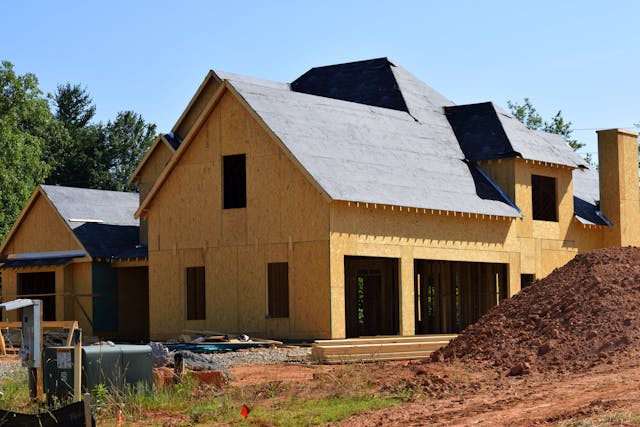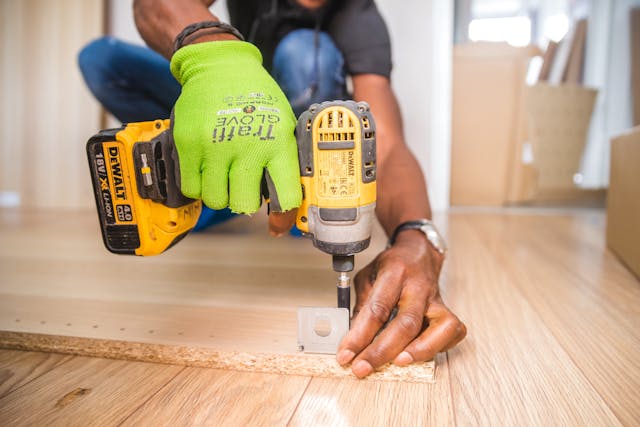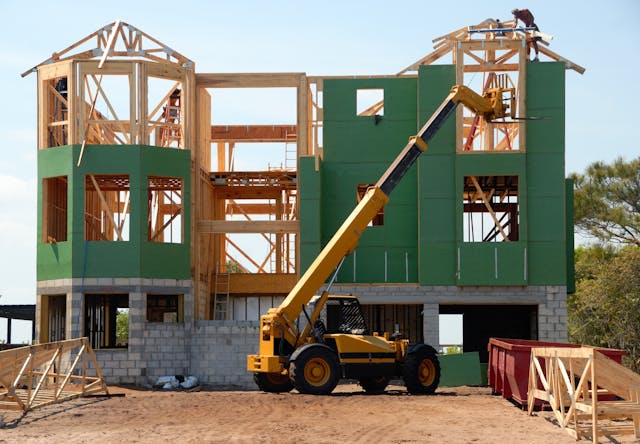Have you ever wondered how lenders ensure that construction projects are progressing as planned? If you’re dipping your toes into the world of construction loans as a note investor or lender, understanding draw inspections is crucial. Let’s shed some light on residential and commercial draw inspections and their significance in this dynamic field.
What Are Draw Inspections?

Let’s start at the beginning. Imagine you’re a lender, and you’ve just approved a construction loan for a residential or commercial property. Now, you need a way to ensure that the funds you’ve disbursed are being used appropriately—to actually build the property as intended. This is where draw inspections come into play.
The Role of Draw Inspections in Lending
A draw inspection is essentially a progress check on the construction project. A qualified inspector visits the site at various stages of completion to verify that the work is progressing according to plan. They assess the quality of the workmanship, confirm that materials are being used correctly, and ensure that the project is on track.
Lenders rely on draw inspections to mitigate risk and ensure that their investment is protected. By verifying the progress of the construction project at various stages, lenders can release funds with confidence, knowing that the borrower is using the money as intended. This process helps prevent cost overruns, delays, and potential issues that could jeopardize the completion of the project.
Draw Inspections and Note Investing
Now, you might be wondering, how does draw inspections relate to note investing? Well, for investors and lenders who originate construction loans, understanding the draw inspection process is essential for assessing the risk associated with their investment.
By evaluating the progress of the underlying construction projects, investors can gauge the likelihood of timely repayment and make informed decisions about their portfolio.
Understanding the Draw Inspection Process
1. Initial Assessment
Before the construction begins, a comprehensive evaluation of the project plans and specifications is conducted. This sets the baseline for subsequent inspections and ensures that the project is on track from the outset.
2. Pre-Draw Inspection

Prior to each disbursement of funds, a pre-draw inspection is carried out to assess the completed work and confirm that it aligns with the agreed-upon milestones. This step acts as a safeguard against any deviations from the original plan.
3. Documentation Review
In addition to on-site inspections, draw inspectors review documentation such as invoices, contracts, and permits to verify the legitimacy of expenses and ensure compliance with regulations.
4. Progress Reporting
Detailed reports are generated after each inspection, documenting the progress of the construction project and highlighting any issues or discrepancies observed during the inspection process.
5. Final Inspection
Once the construction is complete, a final inspection is conducted to confirm that all work has been finished according to specifications. This final assessment provides the lender with the assurance needed to release the remaining funds.
Navigating the Draw Inspection Process

So, how do you go about incorporating draw inspections into your note investing strategy? First, familiarize yourself with the construction timeline outlined in the loan agreement. This will give you a roadmap for when draw inspections should occur and what milestones to look for.
Next, find a reputable inspection company with experience in draw inspections. Look for inspectors who are knowledgeable about construction practices and have a keen eye for detail. Remember, the quality of the inspections can directly impact the accuracy of your investment decisions.
Once the inspections are complete, review the findings carefully. Are there any concerns or discrepancies that need further investigation? Don’t hesitate to ask questions or seek clarification from the inspection company or the borrower if necessary.
Mitigating Risk Through Due Diligence
Just as banks rely on draw inspections to mitigate risk, note investors can leverage this information to conduct thorough due diligence before acquiring or originating construction loans.
By scrutinizing the results of draw inspections, investors can identify potential red flags, such as construction delays or budget overruns, that may impact the performance of the underlying loan.
Building Trust and Transparency
Furthermore, the transparency provided by draw inspections fosters trust between investors and borrowers. By ensuring that funds are being used as intended and that the construction project is progressing smoothly, draw inspections promote accountability and reduce the likelihood of disputes or defaults down the line.
Mitigating Risk, Maximizing Returns
In the intricate world of note investing, understanding the nuances of draw inspections is a valuable asset. By gaining insight into the progress of construction projects funded by loans, investors can make informed decisions, mitigate risk, and build a robust portfolio.
Draw inspections are more than just routine procedure—they’re a window into the heart of your investment.
